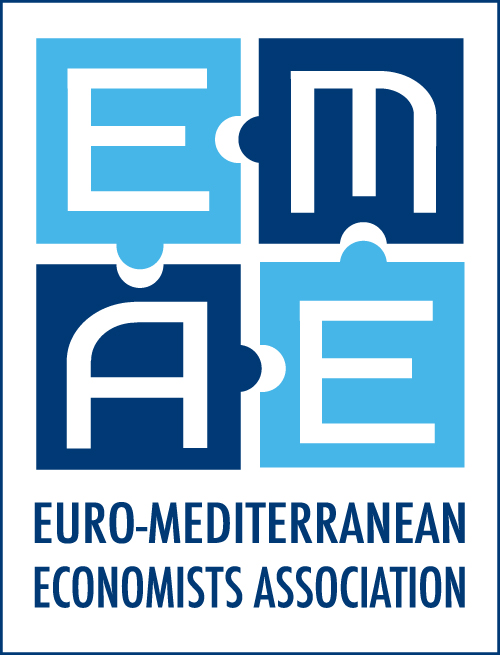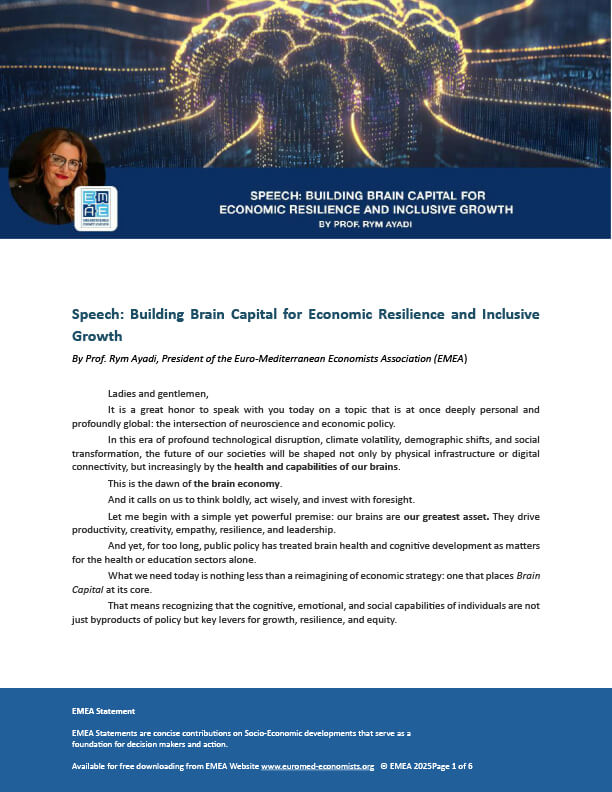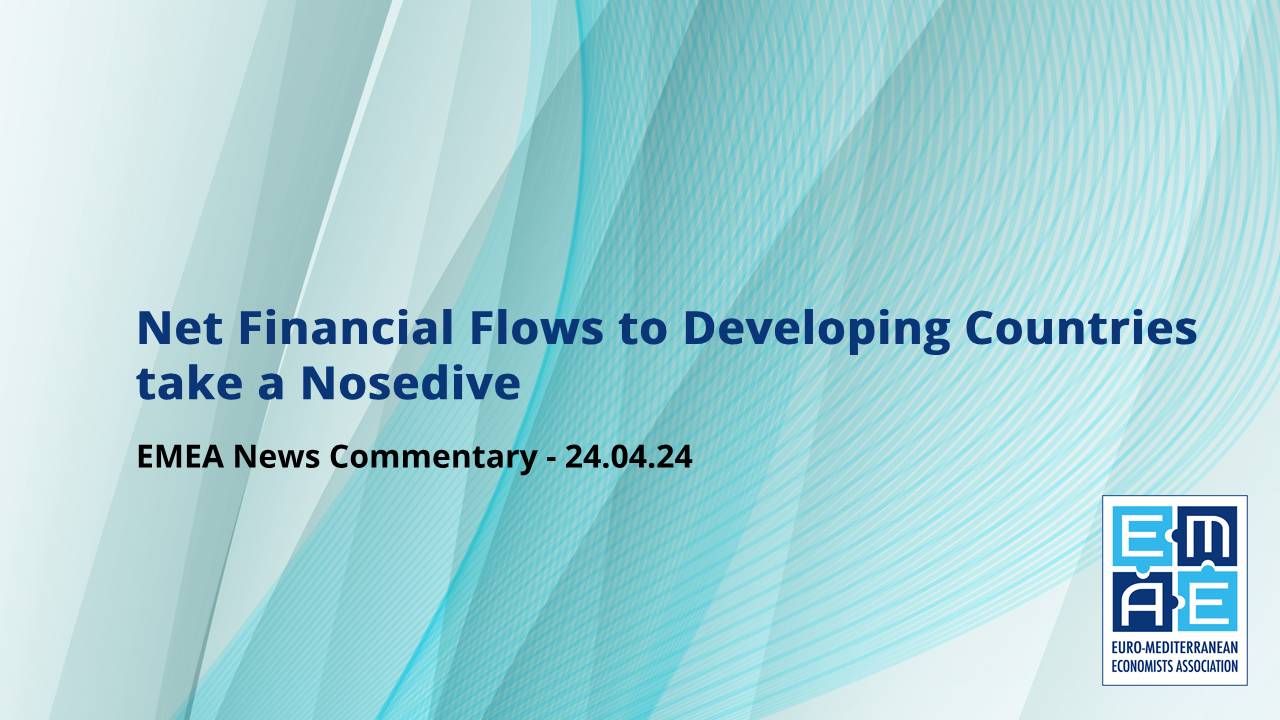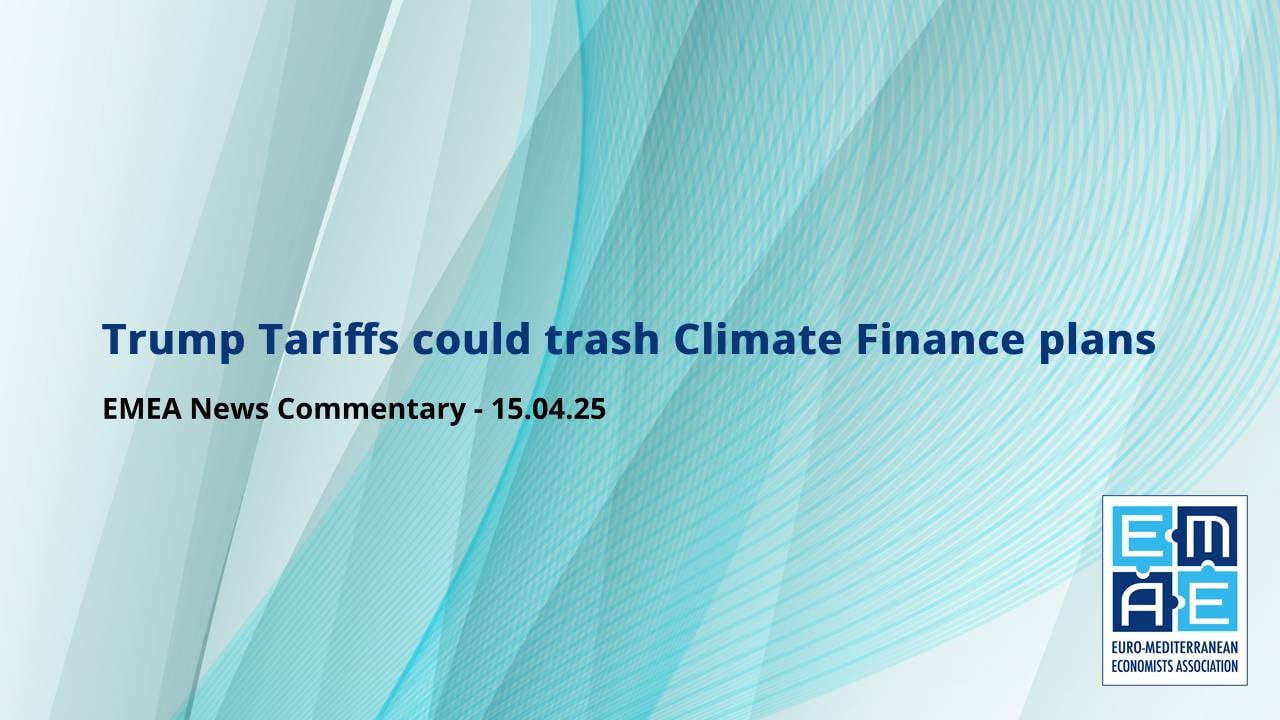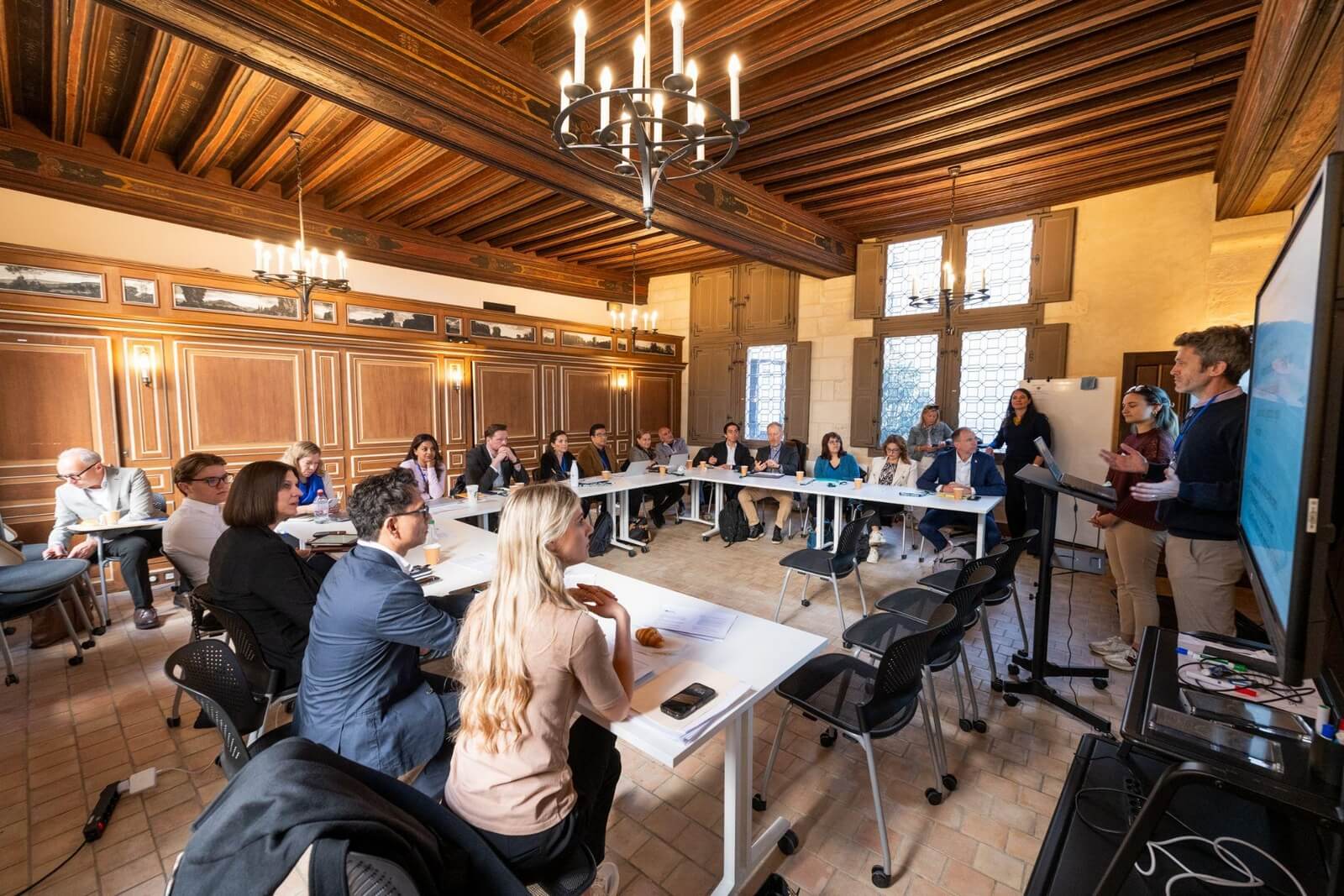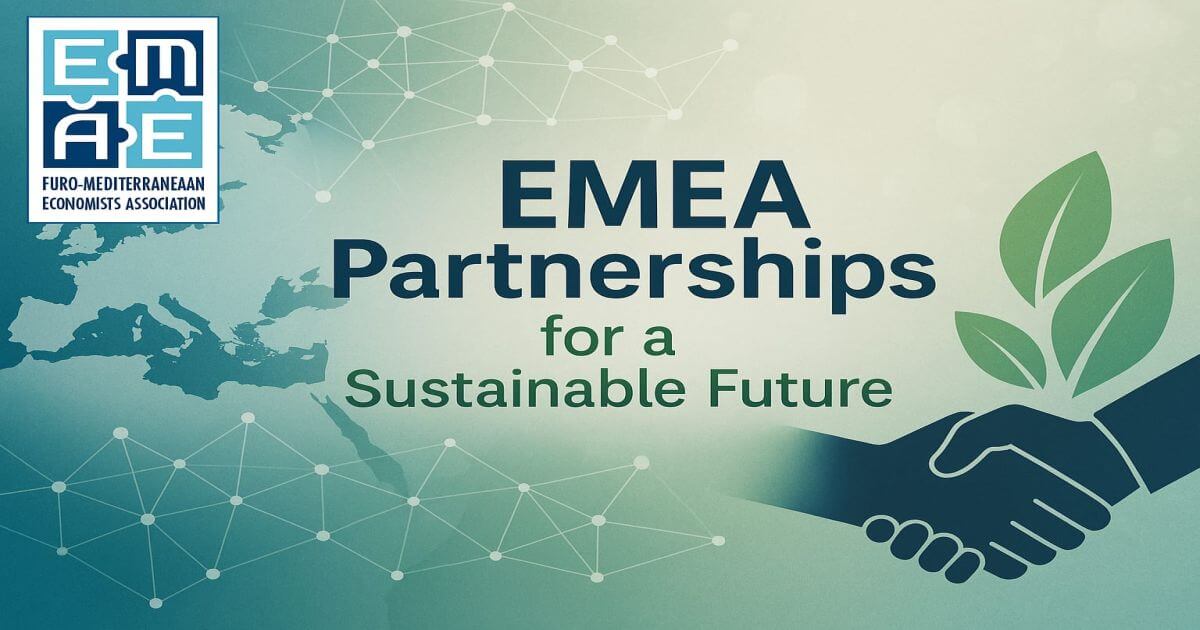Global net financial transfers to developing countries have fallen dramatically, hitting their lowest levels since the 2008/9 global financial crisis, according to ONE, the non-profit global advocacy organisation.
They have produced shocking new analysis revealing that from a position in 2014, when money flowing into developing countries peaked at £225bn, funding has dried up to such an extent that by this year, £50bn will actually be exiting the poorest and most vulnerable countries.
“This means that debt service repayments to official and private lenders have surpassed external inflows to governments (including new developing lending and official development assistance),” the ONE briefing stated.
Their findings showed that:
- Net financial transfers to developing countries fell from their 2014 peak of US$225 billion to US$51 billion in 2022 (the most recent year for which data is available).
- New projections showed that flows will fall by over US$100 billion in the next two years – resulting in US$50 billion flowing out of developing countries in 2024.
- In 2022, upper-middle-income countries maintained negative net flows for the second consecutive year.
- At least one in five emerging market and developing countries spent more on servicing their debt in 2022 than what they received in external financing. By 2025, that number is expected to rise to one in three countries.
- Donors now spend nearly 20% of their aid dollars at home, with funding to Africa flatlining.
ONE described “a confluence of crises” which had created the current financial shortfall. The pandemic, the Ukraine war and rising interest rates had placed country budgets under “enormous pressure.” Governments were faced with o spending more on servicing record debt levels.
At the same time, new sources of finance were drying up, with countries “losing access to financial markets.” China had become more risk averse, whilst traditional donors were allocating more aid spending to home markets.
“This squeeze” was being felt at the very point that poverty and hunger had started to rise “for the first time in a generation,” said ONE. As a result, countries needed “to make transformative investments to address pressing climate and development needs.”
The briefing paper showed that an estimated US$1tn in external financing would be needed annually by 2030 to support poorer nations.
On the upside, ONE declared that “practical and innovative solutions” existed, which would enable finance to be scaled to match demand, before adding: “What’s missing – and urgently needed – is political action to bring the global economy back into balance.”
They called on G20 Finance Ministers to implement three key measures at the IMF and World Bank’s Spring Meetings:-
Firstly, the implementation of multilateral development bank (MDB) reform that could unlock up to US$1 trillion in low-cost lending.
Secondly, provision of increased investments in low-income countries through a tripling in size of the World Bank’s low-income country fund (IDA) and increasing donor contributions by 25% to US$30 billion.
Thirdly, making expedited debt relief available via reform of the current “too costly and too slow” G20 Common Framework.
Challenges of servicing external debt
The paper highlighted that in 2022, 26 countries with a total population of 1.3 billion people – including Angola, Brazil, Pakistan and Vietnam – had paid a total of US$48 billion more to service their external debts than they’d received in new external finance.
“That means they were already in negative net transfers. Unless financing flows increase, this number could increase to 44 countries in 2025, paying US$102 billion in negative net transfers,” ONE warned.
Skyrocketing debt service costs
Meanwhile, developing country debt levels had more than doubled since 2009, with skyrocketing debt servicing costs.
ONE revealed that, in 2022, debt service costs for developing countries (not including China, Russia and Ukraine) were US$294 billion, a sum that was “expected to balloon” to US$358 billion in 2024.
In recent years, lending interest rates from China, as well as from private bondholders and banks, was typically much higher than public debt sourced from donor countries and MDBs – and four times the rate of an average loan sourced from the World Bank’s International Bank for Reconstruction and Development, ONE observed.
“Developing countries tend to have lower debt-to-GDP levels than much of the G7. But because they are considered more risky, the cost of servicing their debt tends to be more expensive,” was their assessment.
They said that inflows to developing countries were widely in decline, with countries struggling to repay debt – despite some MDBs making “considerable efforts to increase their funding since the start of the pandemic.”
As examples, Chinese lending to Africa had plummeted from its 2016 peak of US$20.9 billion to US$6.3 billion in 2022, as countries struggled to repay debt. And private lending to developing countries had halved – from a high of US$257 billion in 2017 to US$126 billion in 2022.
Higher interest rates had made new private finance inaccessible for many countries, whilst banking sector challenges had deterred investment in riskier markets,” ONE noted.
Foreign aid being directed away from emerging economies
Furthermore, official development assistance (foreign aid) was more recently being prioritised for conflicts, like Ukraine, as well as humanitarian crises. This was a trend which looked set to continue, ONE predicted.
The hosting of refugees was now seen as aid by donors, with almost 20% of aid dollars in 2023 staying within the donor country. Last year, nearly one third of the UK foreign aid budget was spent in the UK.
“Hosting refugees is a good thing. Taking money from vulnerable countries to do it isn’t,” ONE commented, noting that since the beginning of 2024, the EU, France, Germany and the United States had announced aid cuts amounting to nearly US$9bn.
Describing this as a “troubling trend” ONE said it added up “to a perfect storm for countries hit by a cost-of-living crisis, climate shocks and the ongoing challenge of extreme poverty.”
Higher debt payments led to reduced public spending on essential services like health, education and social protection, stated the organisation, with countries having “less fiscal space to support people who are struggling.”
They continued: “Extreme poverty and hunger are increasing for the first time in a generation,” adding that due to the lack of opportunities for rapidly growing youth populations, there was an increased risk of conflict and migration.
They warned that a downturn in investment and increased cost of capital would “slow the urgent need to transition energy systems and build resilience to climate shocks.” This, they said, was “a massively missed opportunity” because Africa’s renewable energy potential, critical minerals and carbon sinks contained worldwide climate solutions.
ONE also observed that countries in the Global South now had a greater choice as to with whom they partnered. They could now look to China, Russia and Middle Eastern countries, which was why the G7’s credibility and influence was in steep decline. This would remain the case, “if the troubling trend in financial transfers continues.”
Plea to G20 Finance Ministers and call to the IMF
Developing countries required “transformational investments to build climate resilience, transform their economies, and respond to crises,” ONE said.
At their up-coming meetings, it was imperative that G20 Finance Ministers took immediate decisions “to unlock this finance and ensure it is deployed quickly and effectively.”
Meanwhile, the organisation has sent a ten-point action plan, endorsed by business leaders, activists and environmental campaigners, to the IMF’s Managing Director, Kristalina Georgieva.
In it, they urged the IMF to:
- Acknowledge the systematic nature of the debt crisis on humanity, stability and ecology and update Debt Sustainability Frameworks.
- Provide countries in the Global South with a meaningful voice in IMF decision-making.
- Invest in womens’ economic power and acknowledge and value the power of unpaid care.
- Innovate with Government to re-channel Special Drawing Rights (SDR).
- Expand the Resilience and Sustainability Trust.
- Champion a new SDR allocation to support development, the energy transition and climate adaptation.
- Improve Article IV reviews to support borrowing economies in aligning economic and social development with climate objectives.
- Develop proposals to incentivise shared prosperity and facilitate access to affordable financing for vulnerable countries.
- Stop promoting climate policies not aligned with equitable development.
- Lead the creation of new cost-reducing debt instruments and mechanisms.
“We need extraordinary measures to meet these extraordinary times,” the ONE letter concluded.
Net finance flows to developing countries turned negative in 2023 – ONE Data & Analysis
